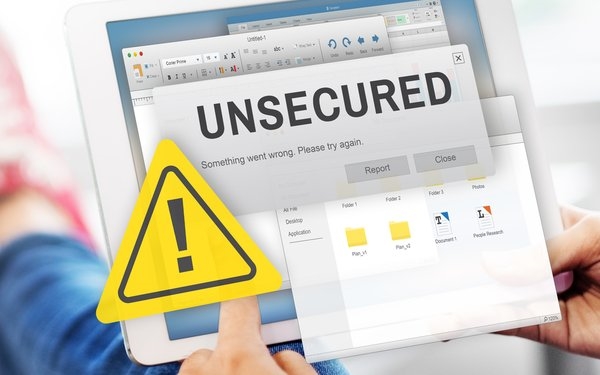Brands Still Allowing Ads To Serve On Unsafe Sites
Brands Still Allowing Ads To Serve On Unsafe Sites

Four in 10 brands allow ads to serve on unsafe websites, and 64% find it challenging to implement an effective brand safety platform. Among that total, 57% say the solution they use today is too expensive.
The brand safety data released this week from Sizmek’s survey analyzes responses from more than 500 advertisers and marketers that had a combined annual digital ad spend of more than $500 million. The survey was conducted in spring 2018.
When asked what brand safety means for a digital campaign, 60% said it means blocking the most harmful pages, followed by 50% who said managing a blacklist of sites, 48% said delivering on predefined site categories, 45% said delivering only on premium publishers, 40% said delivering on a whitelist, and 32% said delivering on PMPs.
The study, An Insider’s Look at Media, Brand Safety and Partnerships, found that only 61% of marketers have a third-party brand safety solution in place, and 84% want a “better value” from it. While it can be difficult to detect whether an ad has been delivered to a harmful or brand-unsafe page, 38% of marketers believe that their brands have done so.
Some 85% of marketers said improving brand safety across their digital campaigns is a high or critical priority. They say that syncing the solution to the demand side platform and blocking harmful inventory are the two major challenges.
The performance cost to brand safety continues to rise. About 64% of marketers say achieving brand safety often negatively impacts the speed at which a campaign optimizes, and more than half of marketers say their organization’s brand safety solution is too expensive.
What company in the advertising supply chain should take responsibility for brand safety is often a matter of debate. When asked who brands believe has primary responsibility for brand safety, 38% believe the responsibility belongs with the brand. That is the likely reason why 80% have developed brand safety guidelines for their agencies and partners to follow.
Still, 24% of marketers believe primary responsibility should be with demand-side platforms and other ad-tech vendors. Media-buying agencies come in at No. 2, with 26% as a secondary and 15% as a primary.
Ad exchanges and networks were close behind, with 16% as a secondary and 24% as a primary.
Overall, 62% of those participating in the survey agree the digital media landscape has become too complex, and 77% predict that data privacy regulations such as Europe’s GDPR will make targeting audiences using third-party data increasingly difficult. The report suggest that because of this advanced contextual targeting will become essential to build new audiences.
Despite these complexities, 80% of marketers said that achieving audience and contextual targeting will become a critical or high priority in the coming year. Among those marketers, 78% plan to improve their contextual targeting capabilities.
(59)


